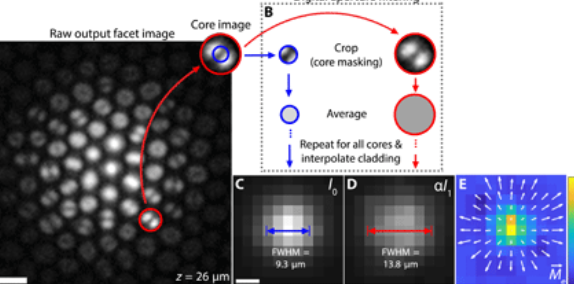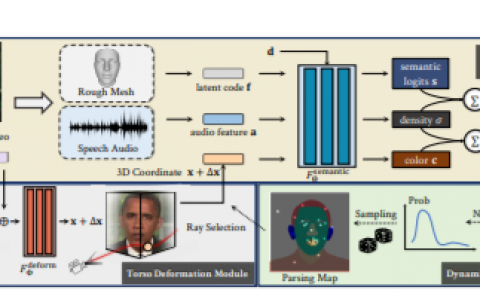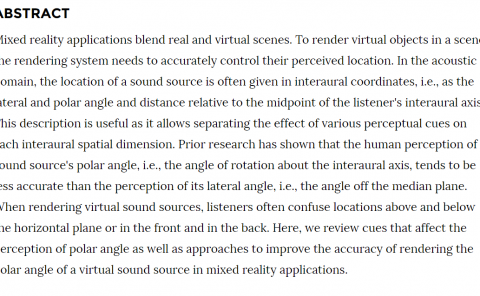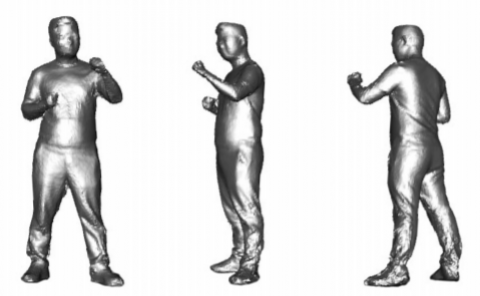Optical fiber bundles: Ultra-slim light field imaging probes
PubDate: Apr 2019
Teams: RMIT University;Macquarie University;Swinburne University of Technology
Writers: A. Orth1,*, M. Ploschner2, View ORCID ProfileE. R. Wilson1, View ORCID ProfileI. S. Maksymov1,3 and View ORCID ProfileB. C. Gibson1
PDF: Optical fiber bundles: Ultra-slim light field imaging probes

Abstract
Optical fiber bundle microendoscopes are widely used for visualizing hard-to-reach areas of the human body. These ultrathin devices often forgo tunable focusing optics because of size constraints and are therefore limited to two-dimensional (2D) imaging modalities. Ideally, microendoscopes would record 3D information for accurate clinical and biological interpretation, without bulky optomechanical parts. Here, we demonstrate that the optical fiber bundles commonly used in microendoscopy are inherently sensitive to depth information. We use the mode structure within fiber bundle cores to extract the spatio-angular description of captured light rays—the light field—enabling digital refocusing, stereo visualization, and surface and depth mapping of microscopic scenes at the distal fiber tip. Our work opens a route for minimally invasive clinical microendoscopy using standard bare fiber bundle probes. Unlike coherent 3D multimode fiber imaging techniques, our incoherent approach is single shot and resilient to fiber bending, making it attractive for clinical adoption.



